10 Ways to Improve Your Restaurant Service in 2019
Why do customers return to a restaurant? This is a great question, and one that often goes forgotten. Although ‘delicious food’ is certainly an aspect, some people return to the same restaurant every single week despite the menu remaining unchanged for many years. Often, the real answer to the question is customer service.
More recently, it’s become apparent that a personalized service wins over guests. For many years, the standard greeting in any restaurant has been;
‘Hi, I’m ‘Enter Name’ and I’ll be your server’
Now, we see the value of a tailored welcome. Especially for those who return frequently and make it possible to keep the restaurant open, they deserve more than a generalized (and mediocre!) service.
Your Restaurant Service
Before we look at tips to boost your restaurant service, we want you to think for a moment about what type of restaurant you run. Do we expect the same service in McDonald’s than a fine-dining restaurant? Definitely not. In fact, the service is even less formal when getting a delivery.
Ultimately, there are lots of different types of restaurant and, therefore, restaurant service. Here are some examples;
- Buffet
- Fast food
- Fine dining
- Delivery
- Family-style dining
- Cafe
- Food truck
Furthermore, it’s fair to say that there’s a correlation between the prices on the menu and the restaurant service. The more we pay as customers, the more we expect in return. With this in mind, we highly recommend considering your own business and the level of service requested and expected from guests.
On the other hand, there are general rules that apply to nearly every restaurant type. For example, servers should provide water, the food itself needs to be hot, and plates should be cleared at the right time (not while guests are still eating and not an hour after they finish!). Below, we’ve listed some more service tips!
1. Lose the Script
We’ve hinted at this already, but scripts are a thing of the past. In fact, even chains and fast-food restaurant are starting to go with a more refined interaction with guests. If you need examples, just look at T.G.I Friday’s and Denny’s.
Rather than offering the same service to every single person in the queue, new members of staff are taught to pay attention to the body language of the customers. What’s more, they’re encouraged to make eye contact and make comments based on the conversation itself. This way, the service is a little less robotic.
2. Read the Group
With groups in particular, waiting is a hard game. Without obviously staring at the table, you’re trying to work out whether everybody is enjoying a jovial conversation, whether everything has slowed, and when you can approach safely.
Customers won’t exactly tell their friends about your fantastic timing, but they will complain about poor timing. Therefore, we recommend teaching all staff members how to read a group. Are they interrupting or saving?
3. Don’t Forget Speed
Speed will always win; even with inexperienced servers, customers will walk away happy if their food and drink has been brought out as soon as it’s ready. If you haven’t done so already, investing in high-quality POS systems will help massively here. The whole process is much smoother, the customers enjoy a greater experience, and you should able to reduce the average turnaround speed for each table.
4. Always Remain Polite
Have you ever walked up to a table and then awkwardly stood behind while waiting for the conversation to finish? Don’t worry, you aren’t alone; some people are naturally timid when it comes to interrupting a table. Once method we’ve seen take off in recent years has been a simple palm on the table; it’s almost a ‘sorry to interrupt, I just have something to tell you when you finish’.
5. Identify the Leader and Use Body Language
Every table has one, and it’s often by looking at body language that you’ll find them. While some leaders will be the organizers, others will be the most senior and your servers’ job is to identify them as quickly as possible.
If it’s a family or a large social gathering, it’s wise to start with the person who made the booking. Although they won’t pay the full bill, they will take responsibility for apportioning it fairly to the attendees. For business events, the boss paying the bill will be the leader.
Often, this person will speak first as the server approaches; they may also ask a question on behalf of the table (about the specials, for example).
In terms of communication, it’s important to remember that servers can take advantage of body language. As many body language experts will tell you, it isn’t our job to become the guests’ new best friend. On the other hand, we also shouldn’t be rude unnecessarily. Therefore, it’s a balance that results in a smile, eye contact, and light conversation.
Remember, the reason why customers return to you and not the competition, aside from the food, is the restaurant service.
6. Consider Potential Orders
How has your guest utilized the space on their table? Do they have a laptop sitting open in front of them? Through this one tip alone, you can make predictions about the sort of experience they require. If they are typing away on a laptop, they probably don’t need to see an appetizer menu.
7. Upgrade All Technology
Your staff could have gone though the best training on the planet, but the customer will still walk away disappointed if the technology fails. For those on an old system, consider investing in the cloud because your reliability will increase instantly. Not only is it more reliable, cloud solutions also bring together rewards, marketing, loyalty programs, ordering, and other aspects of the business.
We mentioned earlier about having a ‘smooth’ service; you want the whole experience to be seamless for the visitor. With outdated technology that fails and disrupts the customer experience, this isn’t going to end well.
8. Deal with Children Correctly
There are some things you just don’t do when a child is at the table;
- Hand them the dessert menu
- Put garnish on the plate when a parent has specifically asked for no greens
- Go above the parents and ask the child for their order
We all know that kids are the fussiest eaters (we were all the same many years ago!), so don’t make it harder for the parents. By quietly slipping the parents the dessert menu and taking other small steps like this, they will appreciate the service so much more.
9. Nail the Check Procedure
As we come to the end of this guide, we’re at the end of the evening too. Dinner’s over, dessert’s eaten, yet nobody seems to be around to get the check. Just as we saw with poor technology, this has the potential to end a brilliant experience on a sour note.
All over the world, you’ll find different ways of dealing with the process. While some will wait for the customer to ask, others ask guests if they want a hot beverage after dessert; normally, a ‘no’ answer will then follow with a bill request.
If you want to end the confusion and not leave it to chance, we love the idea of giving customers a check holder. Whenever they’re ready, they simply put it on display and the server can take the check over.
10. Always Evaluate Training
Finally, we can’t tell you how important it is to keep re-evaluating your training program. Make sure your materials are up to date, implement the suggestions we’ve offered here, and ensure that all new employees have the tools they need to succeed right from the off.

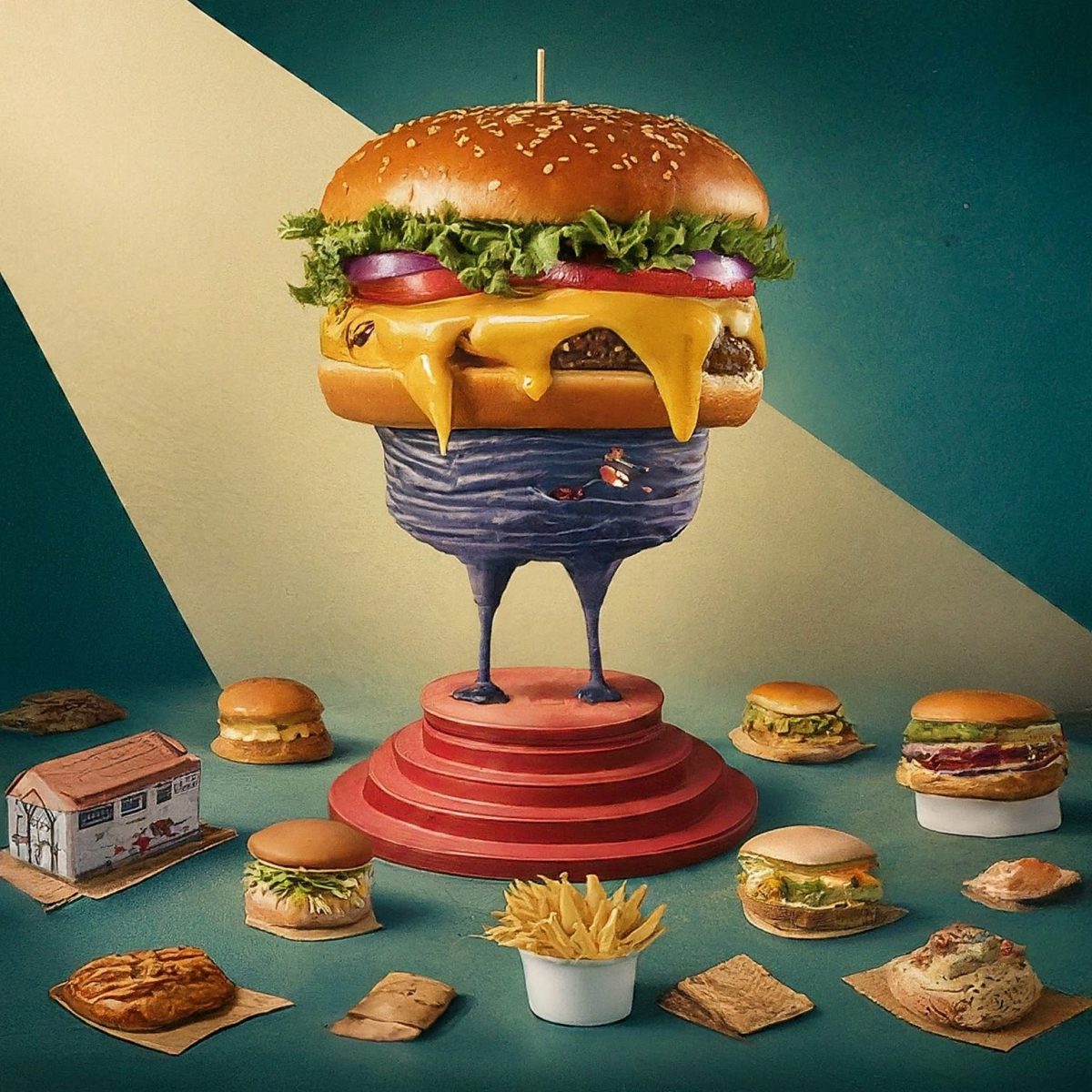
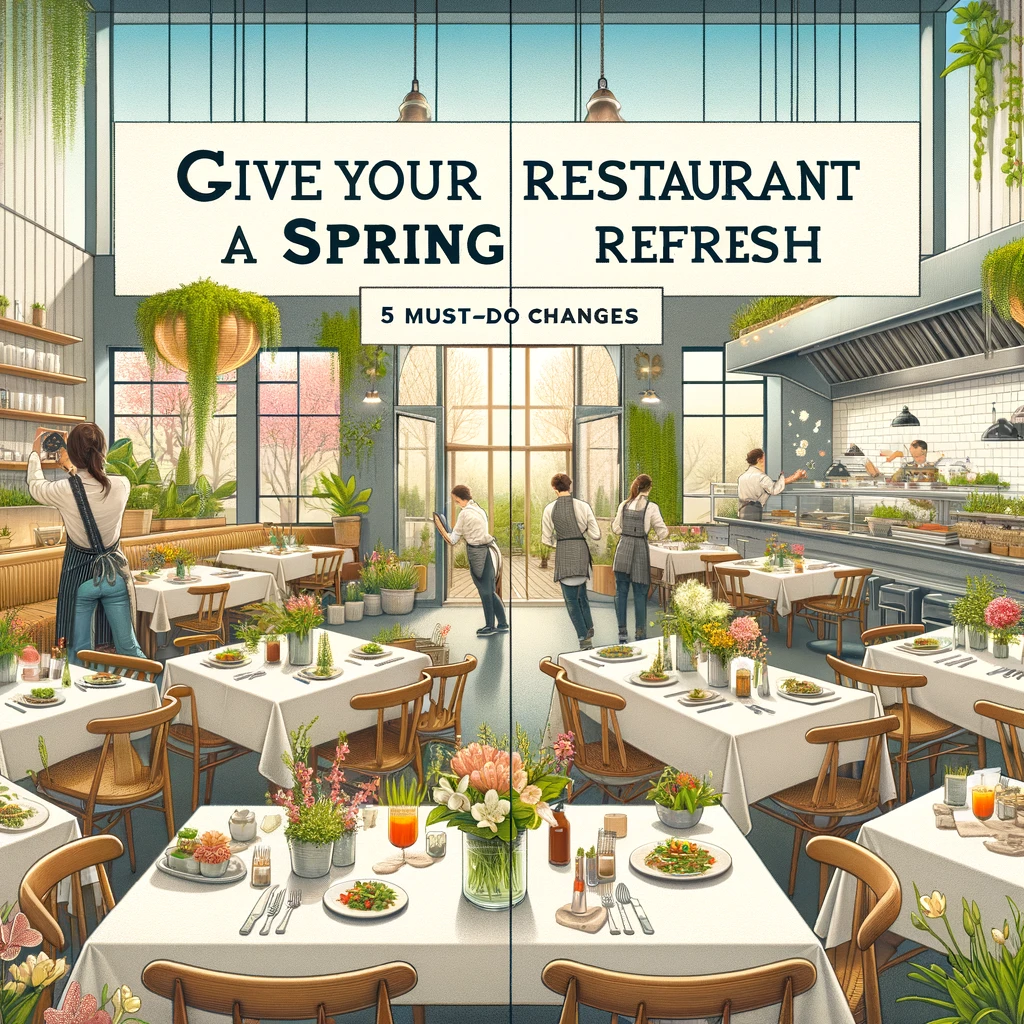

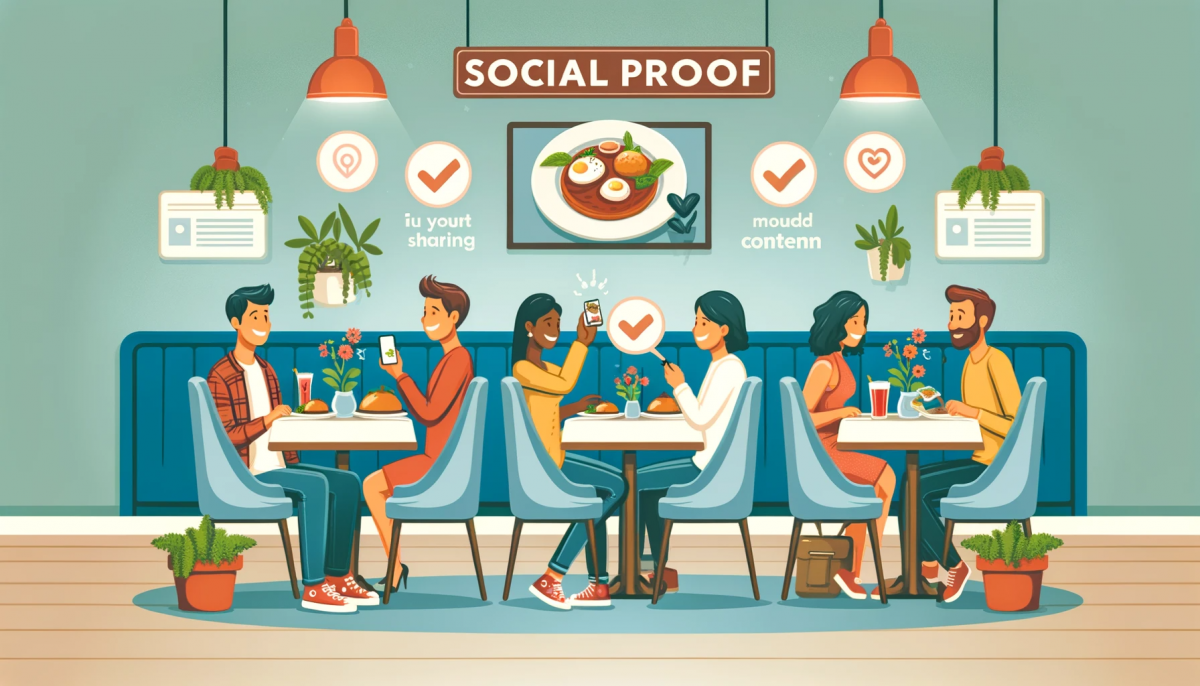

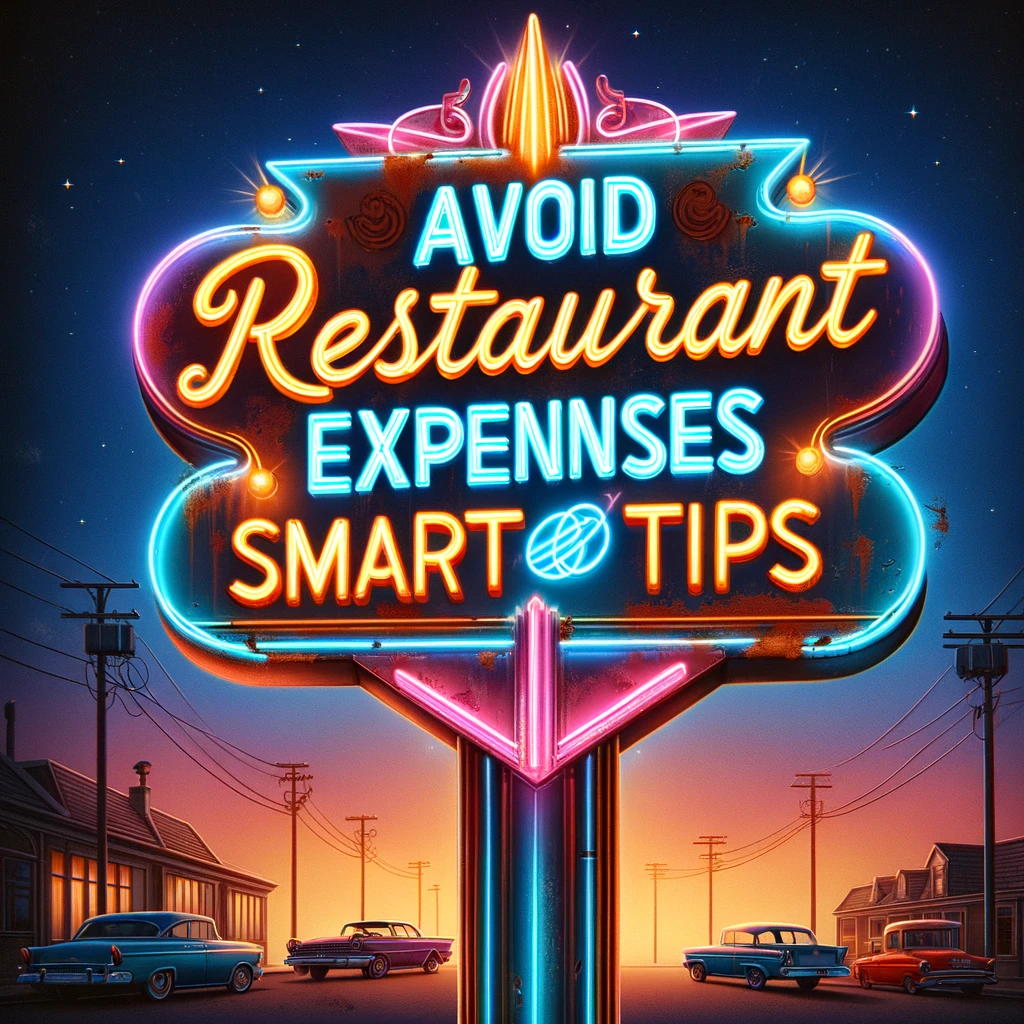
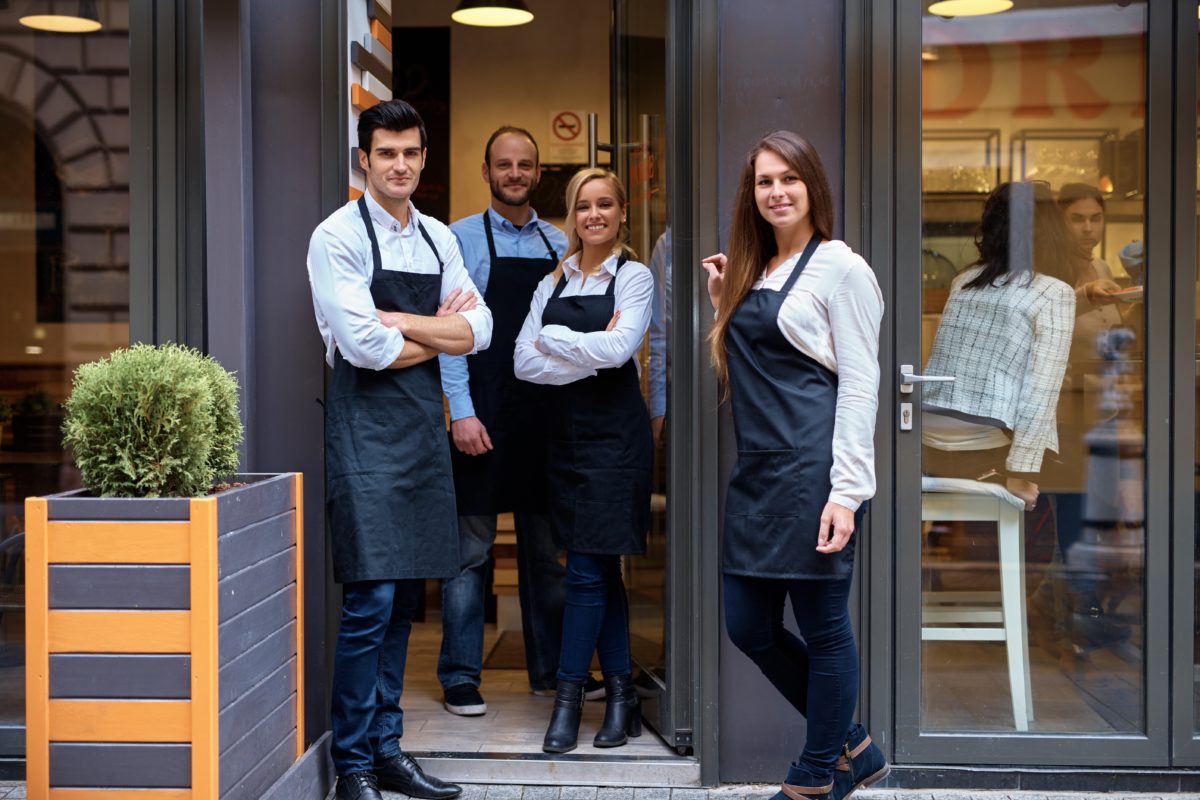
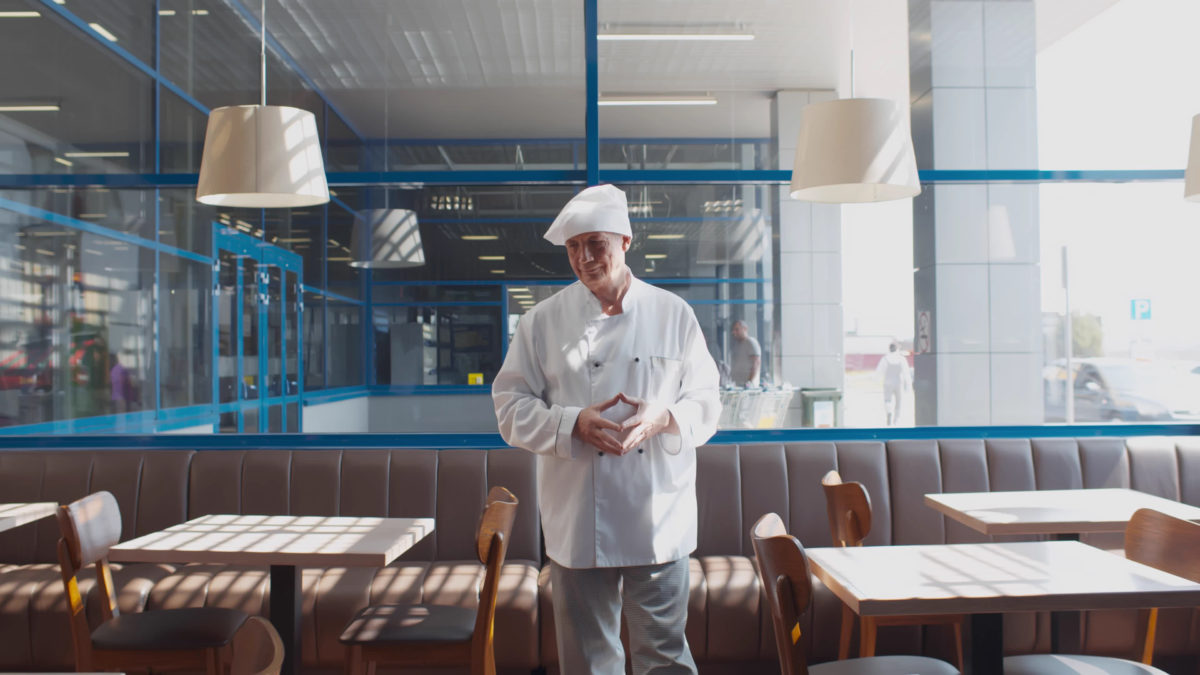









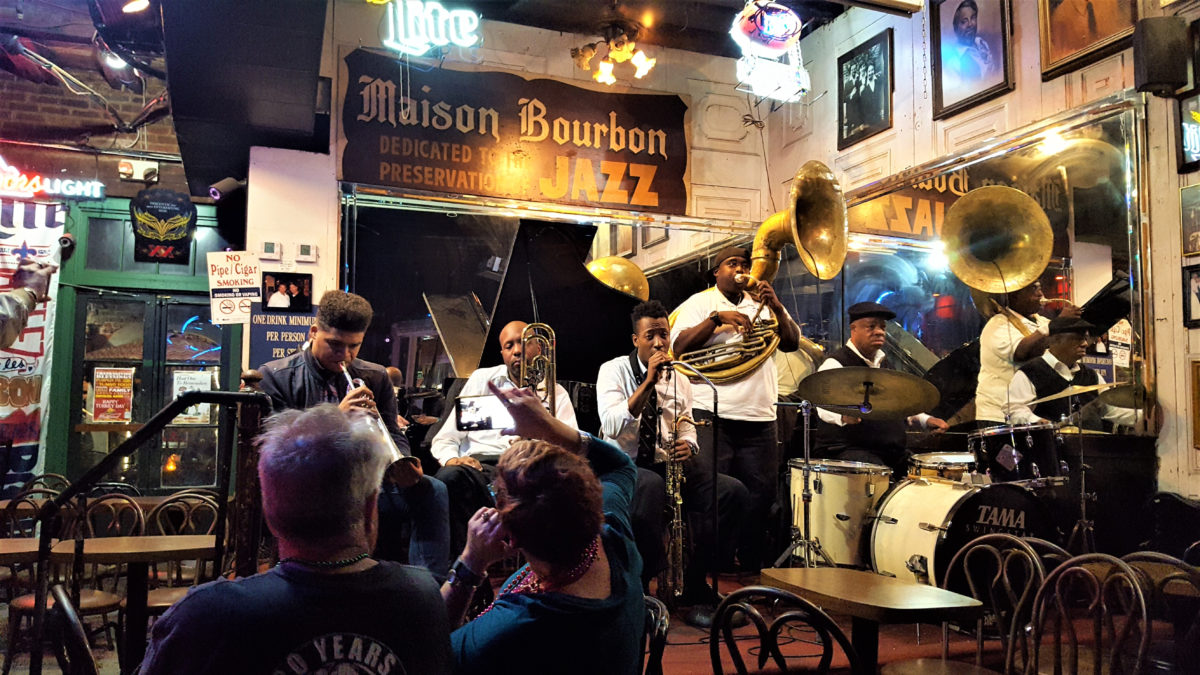














5. Social Media
Get creative with your social media strategy. Share engaging content, run competitions, and post photos of your delicious dishes. Avoid repetitive advertising posts to keep followers interested.